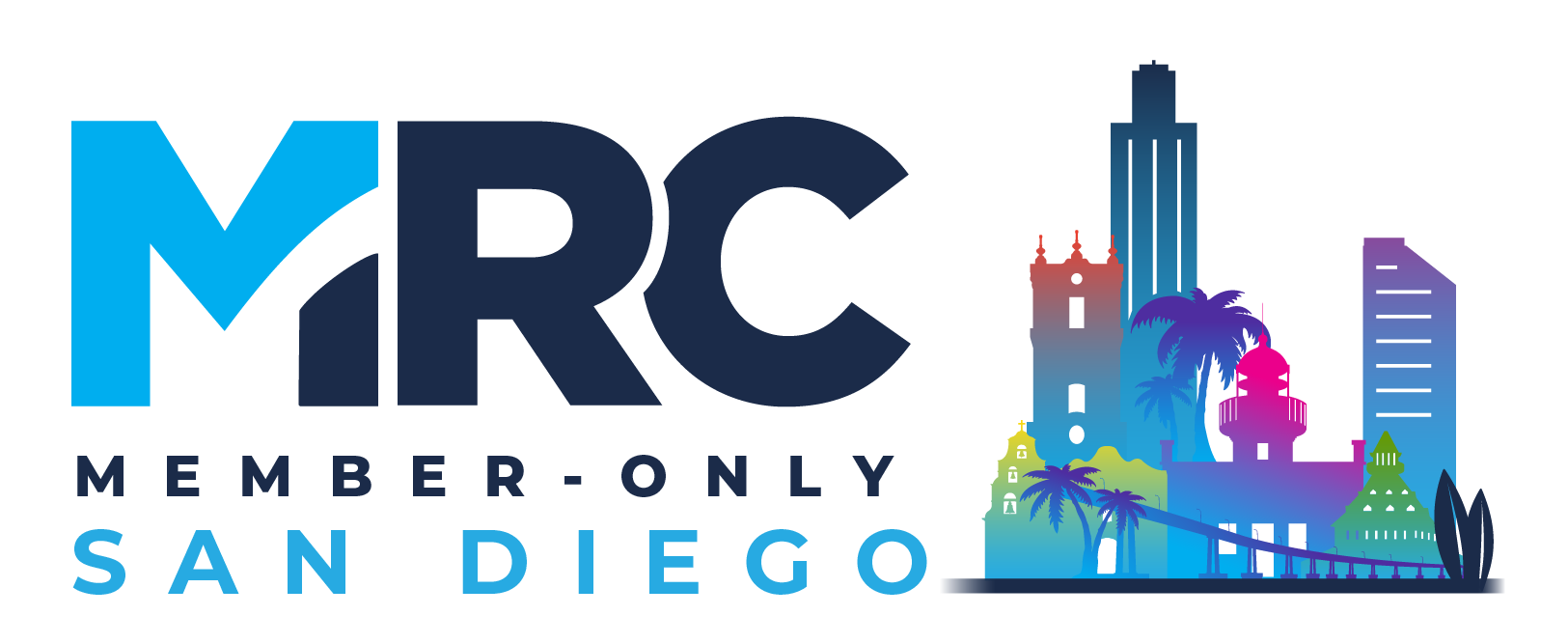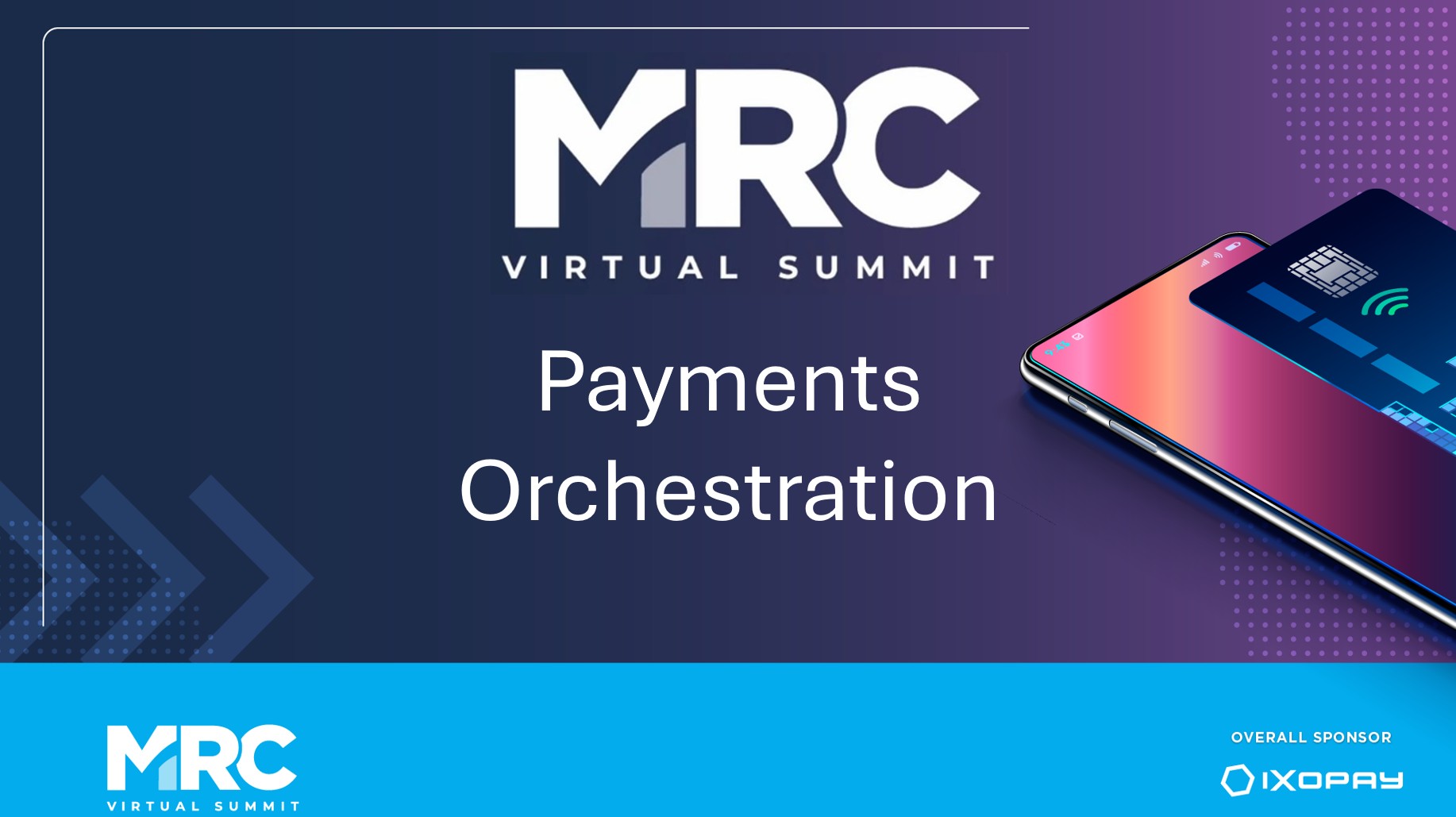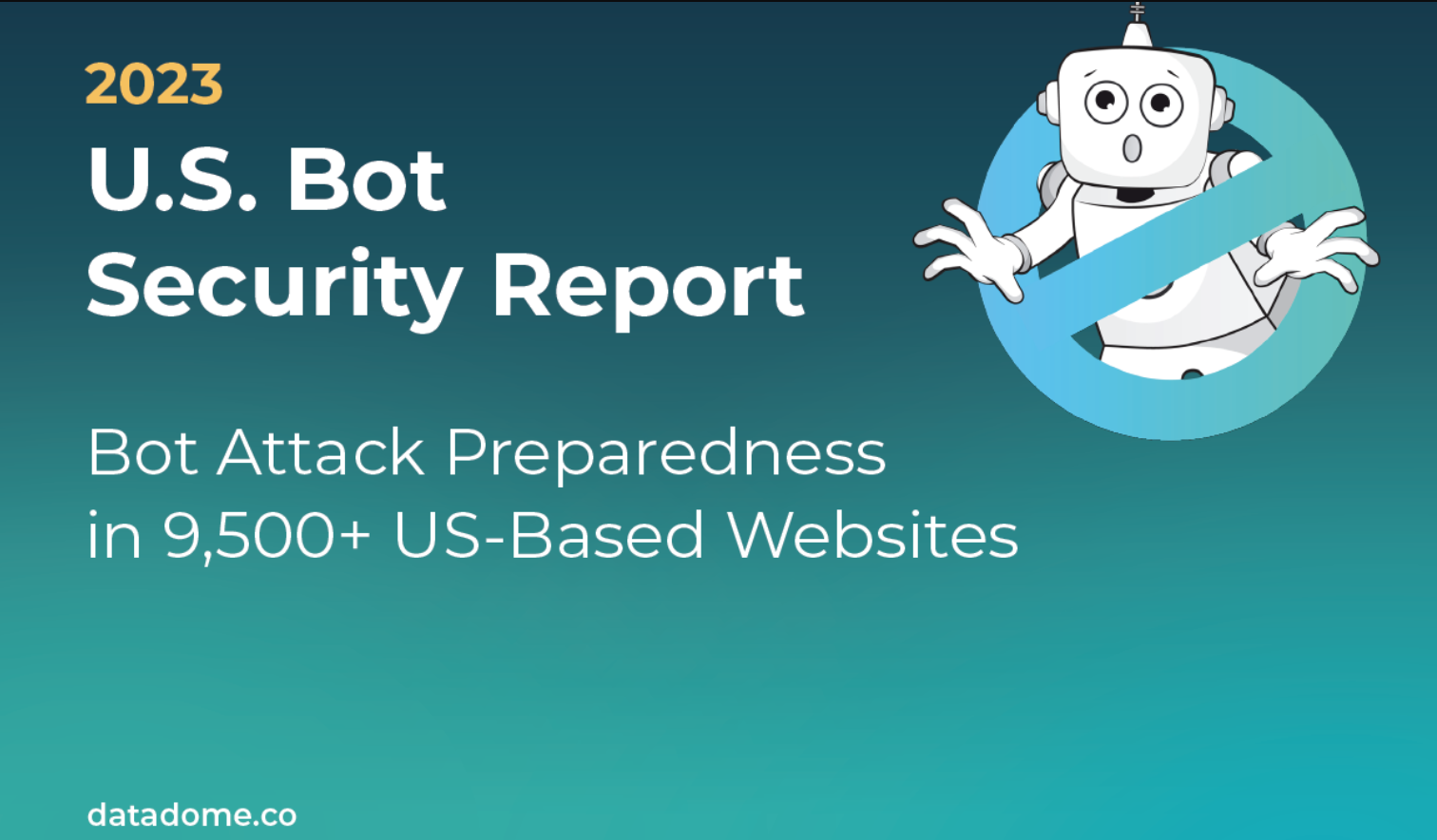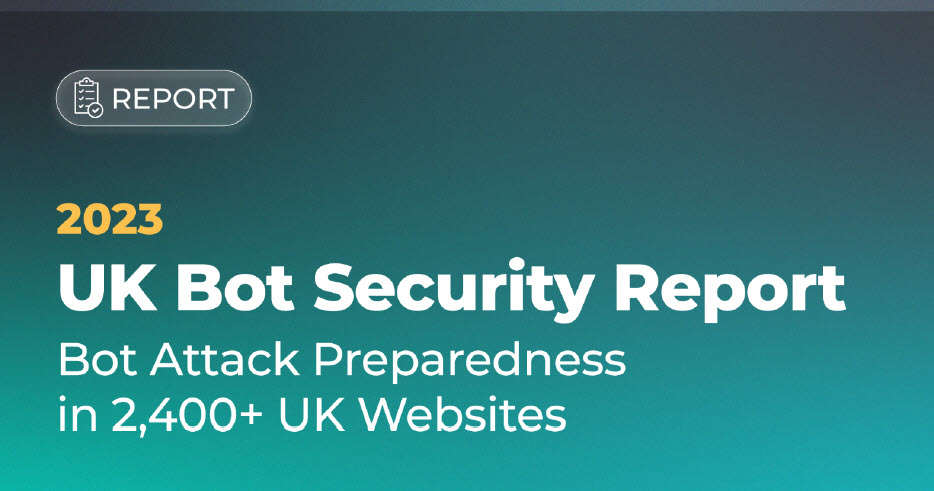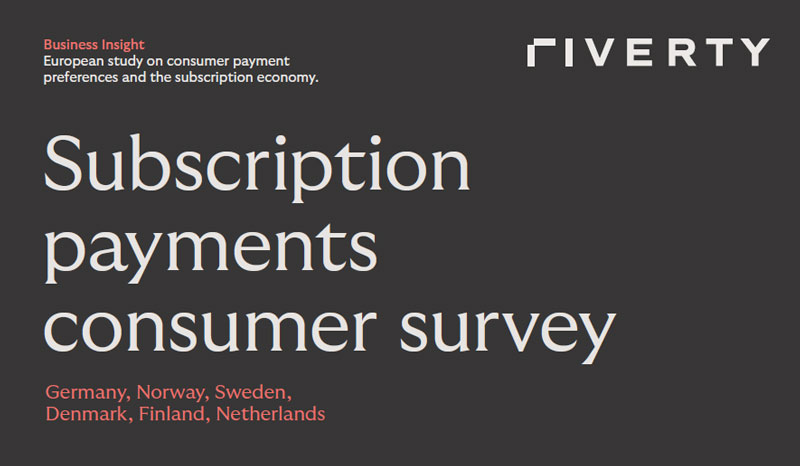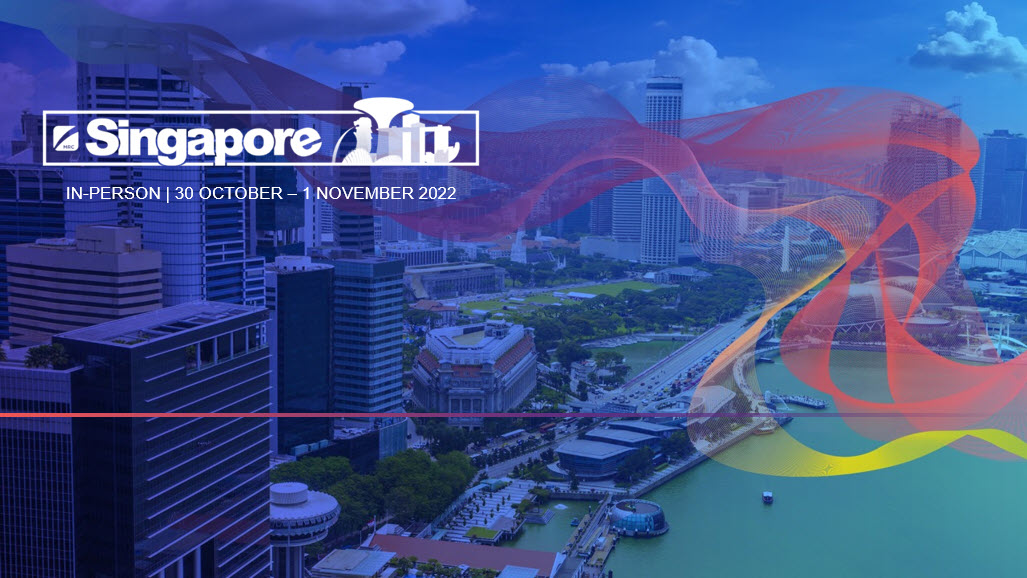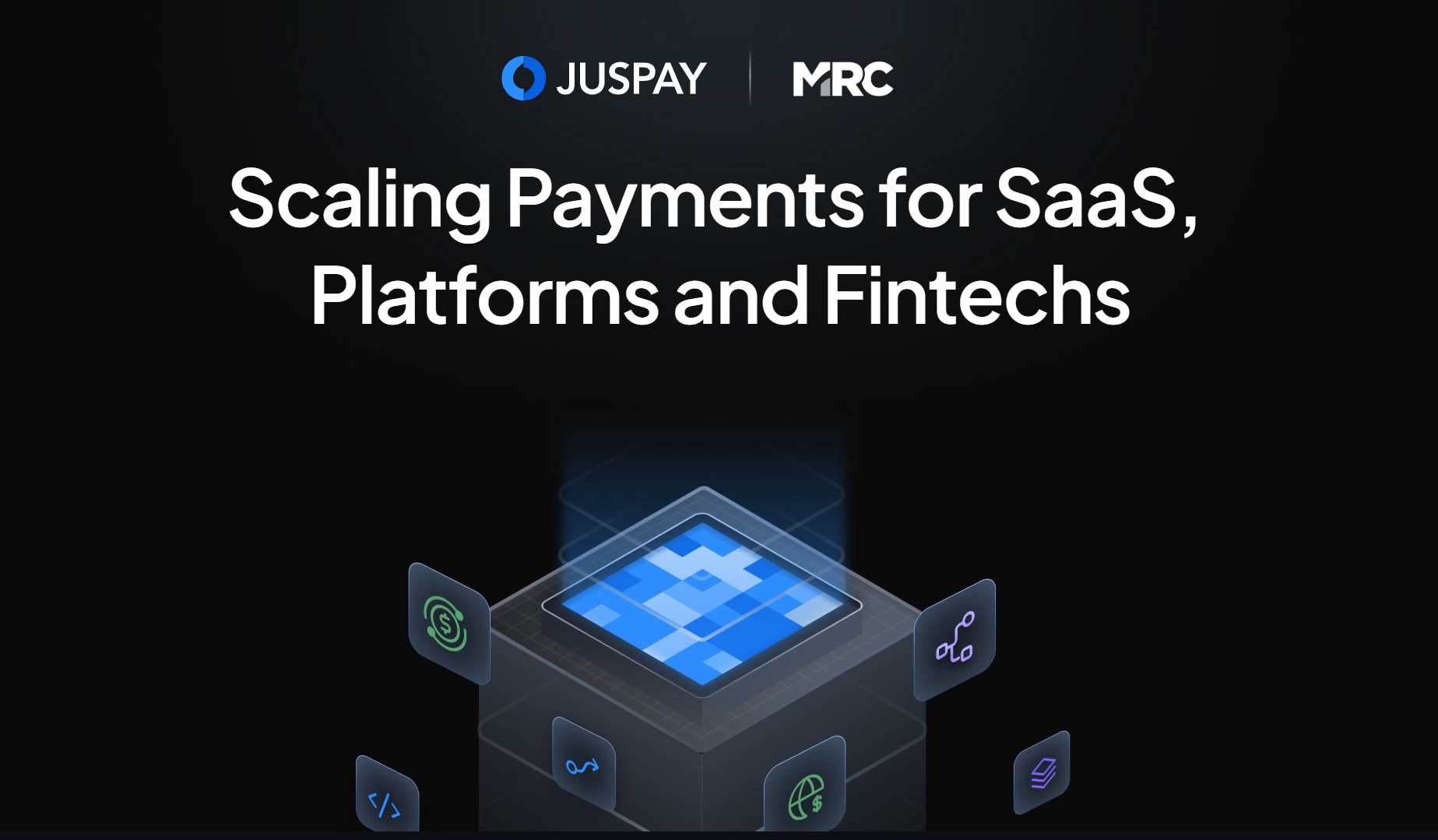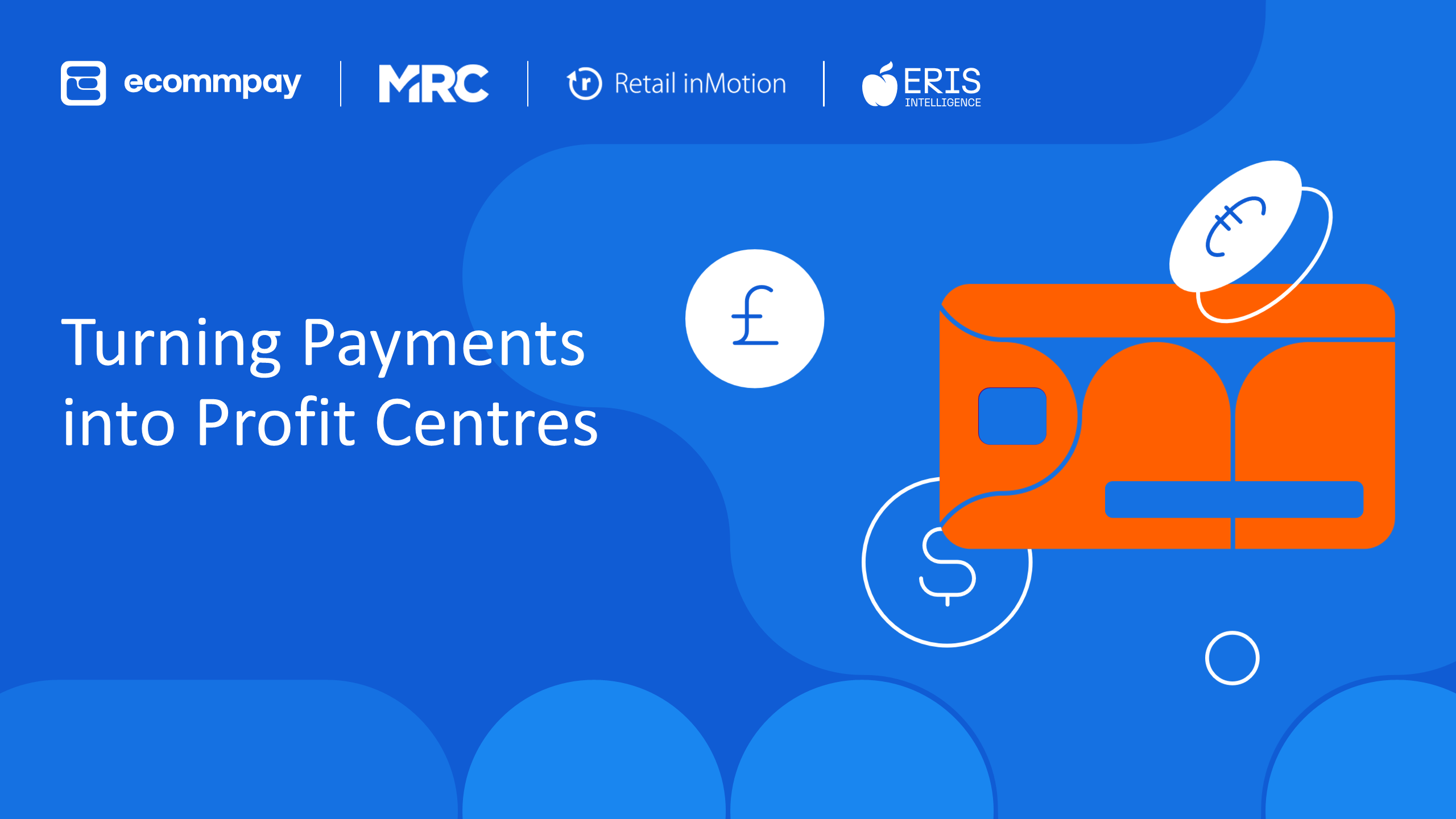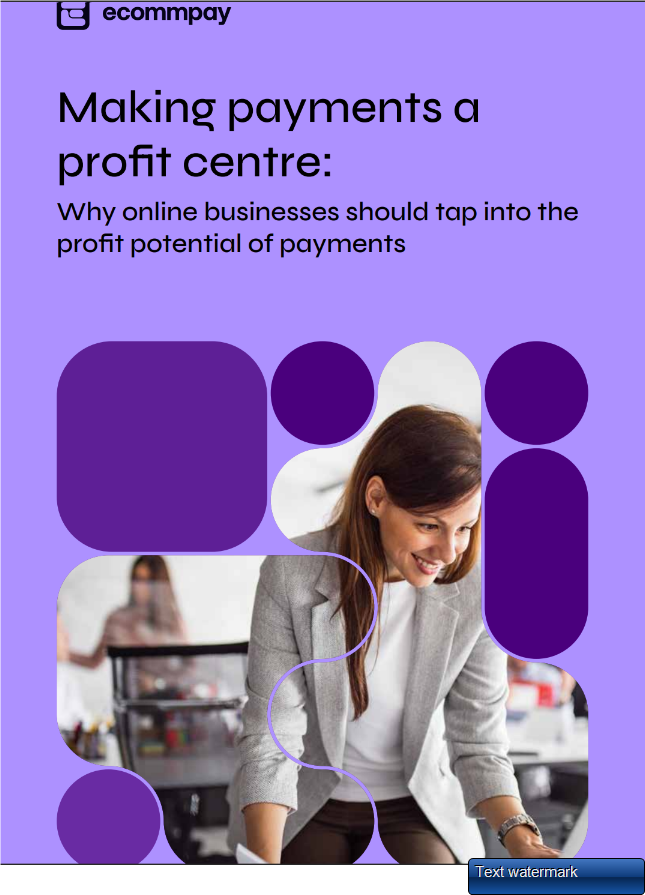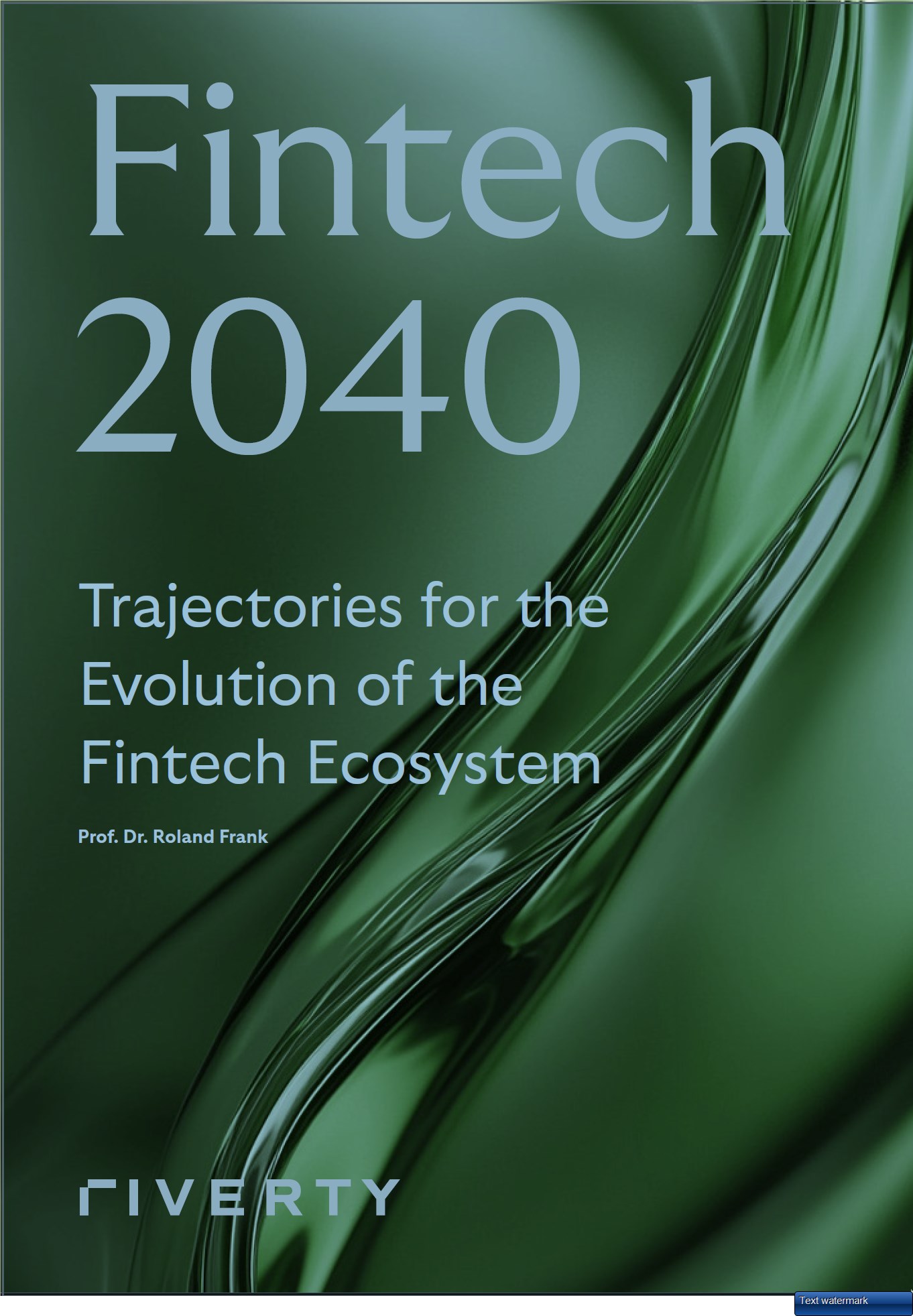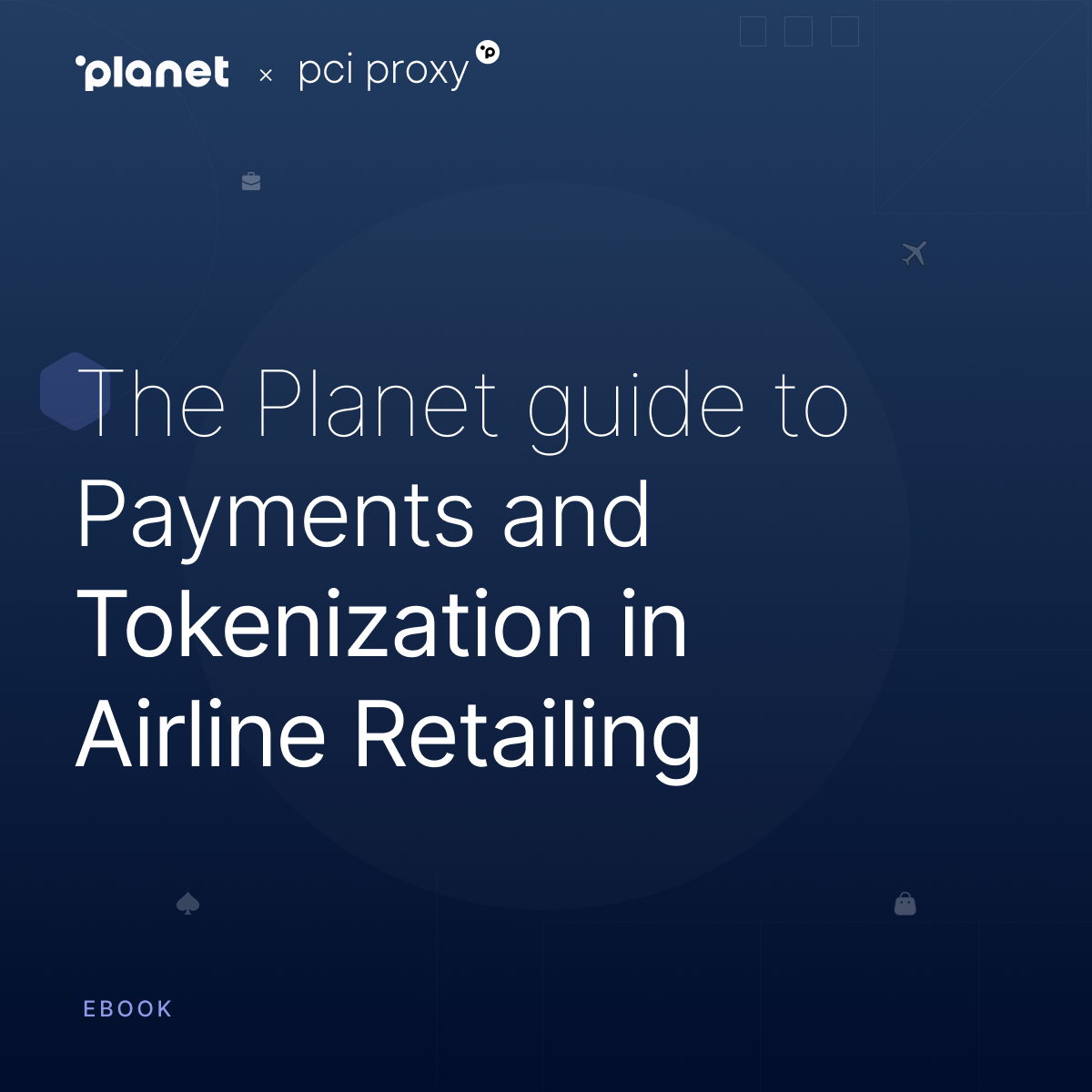Payment Orchestration and Payment Optimization: The Definitive Definition
By Justin Benson
For merchants, capturing every legitimate transaction is the ultimate goal when it comes to payments. To do this, they need to be able to connect to different payment services that cater to their specific needs. Payment Orchestration is the process of expanding the reach of a payment stack by assembling all the necessary components to intelligently manage payments and ensure the capture of every legitimate transaction. Once this is achieved, merchants can then apply Payment Optimization to improve outcomes on a transaction by transaction basis.
Depending on the region, payment orchestration and payment optimization can take on different flavors. In some regions, the biggest lift comes from broader connectivity, while in others (particularly mature markets) the biggest benefits come from optimizing at the transaction level. Today, we’ll focus on a North America-based merchant.
Our fictional US-based merchant offers online courses to help new immigrants assimilate into the USA. The service offers modules around learning business English, filing taxes, buying a vehicle, getting a driver's license, and more. The offering is popular, and soon immigrants who plan to arrive in a few months want to get a head start and begin using the service. However, the US-based PSP that the merchant is using doesn't support local payment methods, has high cross-border fees, and rejects many transactions due to its inbuilt fraud prevention system.
Payment orchestration can help improve the merchant's situation by allowing them to connect to payment services that better support customers outside the US. By standing up local payment processors, local payment methods (LPMs), and implementing fraud solutions tuned to unique markets, the capture rate for legitimate transactions can be improved. Depending on how the merchant approaches payment orchestration, their relationship with their primary North American PSP could remain in place and even improve, as the friction of the non-US customer experience is removed.
However, the success of the merchant does not go unnoticed by fraudsters, who begin to target the service with stolen cards and resell subscriptions to unwitting new immigrants with online advertising and 50% off offers. This results in an uptick in chargebacks, and issuers start flagging the merchant, leading to higher declines for legitimate transactions. Payment orchestration has allowed the merchant to connect to a third-party fraud provider, but they also need to optimize each transaction to reduce expenses and false positives.
Payment Optimization is a set of processes applied at transaction time that allows merchants to increase their chances of a successful outcome. For example, customers who bypass a 15-day trial to pay immediately may be routed to a dedicated third-party fraud service for greater scrutiny. Prospects who run the full 15-day trial and pay at the last moment, can be routed via a smoother path, as that behavior is most closely associated with a legitimate customer.
As the merchant hits a significant scale in their core US market, they notice higher rates of declines based on certain BIN numbers over others. This is another opportunity to optimize at the transaction level. They stand up a second PSP in the US and begin to route those BIN numbers via the new provider. This results in improved success rates and further experimentation.
Going further, by leveraging network tokenization our merchant can potentially enjoy higher acceptance rates and lower processing fees. Although their primary US-based payment service provider (PSP) does not yet support network tokens, the merchant can now take advantage of a new secondary provider that does. Through a payment orchestration platform, the merchant can optimize each transaction by using network tokens wherever possible with the supported PSP.
In summary, Payment Orchestration facilitates interconnectivity between a wide range of independent payment-related services, allowing merchants and ISVs to quickly scale and support new geographies, partners, business models, and customers by onboarding new services promptly. The goal of payment orchestration is to improve a business' overall performance by connecting to various payment services.
“The goal of payment orchestration is to improve a business' overall performance by connecting to various payment services.”
Payment Optimization aims to improve individual transaction outcomes by deconstructing and analyzing the components of individual transactions to improve outcomes. Examples of improved outcomes include higher success rates, higher checkout conversion, reduced costs per dollar of revenue, increased resiliency, and better vendor performance due to the flexibility of a comprehensive orchestrator. Payment optimization aims to improve the payment stack performance within a business.
“Payment optimization aims to improve the payment stack performance within a business.”
Merchants can reap the benefits of orchestrating and optimizing their payment processes to capture every legitimate transaction. By doing so, they can expand their reach (Orchestration) and improve individual outcomes (Optimization), ultimately leading to greater success in the long run.
Chat with Spreedly today to learn how our payment orchestration platform can help your business turn possibilities into payments.


